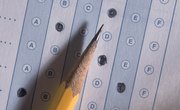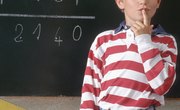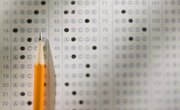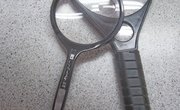It is a common misconception that grading and assessment are one and the same. While assessment in schools involves assigning grades, it is more than that for both the teacher and the learner. By assessing what the student knows, how he learns and how he compares to his peers, the teacher and student can work together to set appropriate learning goals.
What a Student Knows
Assessing what a student knows is not as simple as it might sound. Students must express what they know for the teacher to effectively evaluate it. Whether verbally, through writing or by some other tangible expression, the student must demonstrate to the teacher that he knows the material. Using varied assessment methods to reach all types of learners is most effective.
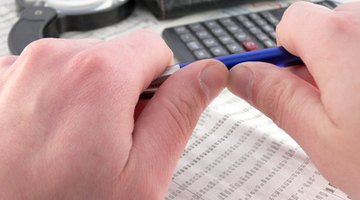
How a Student Learns
In order to devise lessons that result in student learning, the teacher must also consider how students learn. Different types of learners require different types of lessons. For example, a student who learns best visually will learn better from visual stimuli like photos or demonstrations where a tactile learner needs to move around or learn by doing. Once the teacher and student have assessed how the student best acquires knowledge, they can work to structure his working environment accordingly.

How a Student Compares
One of the key functions of standardized testing is to compare students to each other across age and grade levels. This type of assessment has come under fire in recent years as having particularly negative impact on minority and lower socioeconomic status (SES) students. Organizations like the National Coalition of Advocates for Student Learning (NCAS) and the Council of Chief State School Officers (CCSSO) do not object so much to the assessments themselves as to the way in which the resultant data is used. These organizations advocate the use of such assessments to improve teaching and learning rather than to penalize low-scoring students and schools.
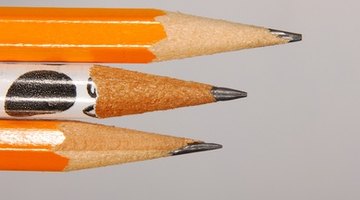
Improvement
Learning is generally assessed in increments over time to evaluate the efficacy of the teaching methods used. Pre- and post-project assessments determine how much knowledge the student possessed going into the learning experience and how much was actually gained by the experience. It is important to remember that a student may fail to achieve a set standard but can still make great strides that demonstrate learning.
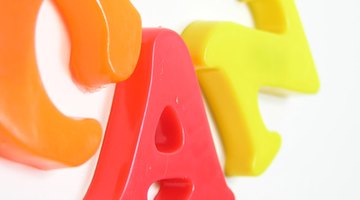
Goals
Assessing what a student knows and how he learned it provides valuable information to both teacher and student in setting achievement goals. Setting realistic and individualized academic goals is the upshot of assessment. While comparison to peers helps establish appropriate grade level and academic placement, it is assessment of a student's improvement that demonstrates his learning capacity. Carefully designed assessments play a vital role in determining future strategies in both teaching and learning.
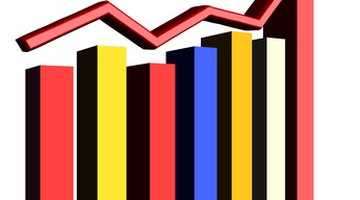
Related Articles
Writer Bio
Based in Cape Coral, Fla., Jennifer Groepl began writing career-related articles in 2010. She also runs her own medical transcription service. Certified in secondary education, Groepl holds a Bachelor of Science in social sciences from Florida State University and a Master of Arts in curriculum and instruction from New Mexico State University.



